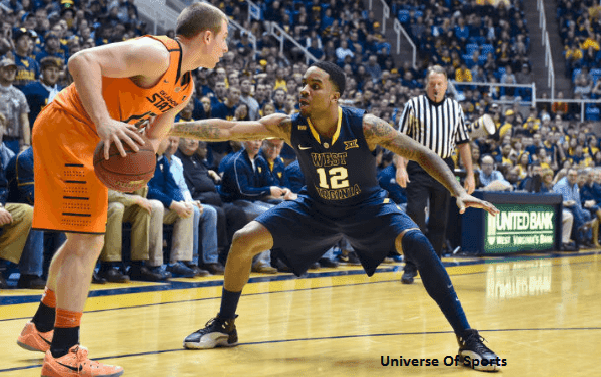Defensive techniques at Basketball
 |
| Defensive techniques at Basketball |
The two main types of defense:
- One-on-one defense: Each player is responsible for a direct opponent.
- Zone Defense: Defending areas of the field. Each defender is responsible for one area.
These defenses can be set up on any land (pressing) or on half ground to close access to the restricted area.
The main defensive principles:
Close the entrance to the restricted area by dribbling or passing.- Put a strong pressure on the ball carrier to force him to play above his usual level (fatigue - precipitation - development of a game above his usual level of control)
- Have a combative attitude to the defensive rebound to avoid a second shot and restart the counterattack.
A. Defensive techniques:
There are two defensive techniques: the ball carrier defense and the non-carrier defense.1. Ball carrier defense:
- The important result is the intention to frame the supports of the ball carrier to cut the direct path to the basket.
- He can steer him on his weak hand to make it difficult for him to dribble and protect his ball.
He must take into account his "action credit":
- Be vigilant if the attacker has not yet dribbled (anticipate the double dribble).
- Stick the player as soon as he has finished his dribbling to obstruct the shot or force him to commit a bad pass or prevent it.
It must be lively and mobile while respecting the "cylinder" principle (section 33.1 of the Official Rules):
Legs bent and bust raised, hands ready to hunt laterally or from the bottom up
High mobility of the feet
Come get on the road of dribbling: chest in obstacle
Do not spread your arms.
If the dribbler has taken the lead: He must run to get back on the dribblers path towards the target by facing him with his chest.
2. Defense on non-ball holder:
- Be ready to intervene on the pass
- Cut the pass line if the player gets closer to the ball
- Open your visual field (peripheral vision) to see at the same time the ball and your direct opponent.
B. Defensive actions:
1. The defensive rebound:
The defensive rebound well organized collectively allows to promote a counterattack towards the enemy target.
Technical aspects of the rebound:
Position yourself between your opponent and the target by preventing the target from getting closer to the basket
Keep it at bay to create a free space between yourself and the basket
Jump to the ball when it becomes accessible.
2. Interception:
In the strict sense of the term it is the fact of catching the ball on the trajectory of a pass between two opposing players. There are also shots in the hands of the dribbler and on the ground, also called recovery or "steal".3. The block:
Attention, to avoid any fault, the defender must not cause contact with the shooter. If it remains vertical above its supports, the counter will be legal, the famous principle of the cylinder.








0 Comments